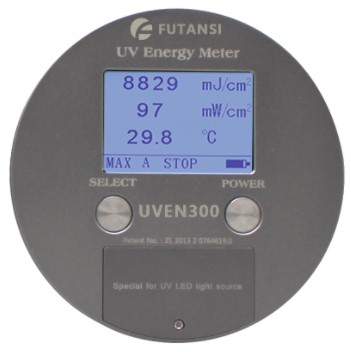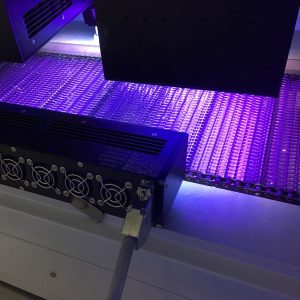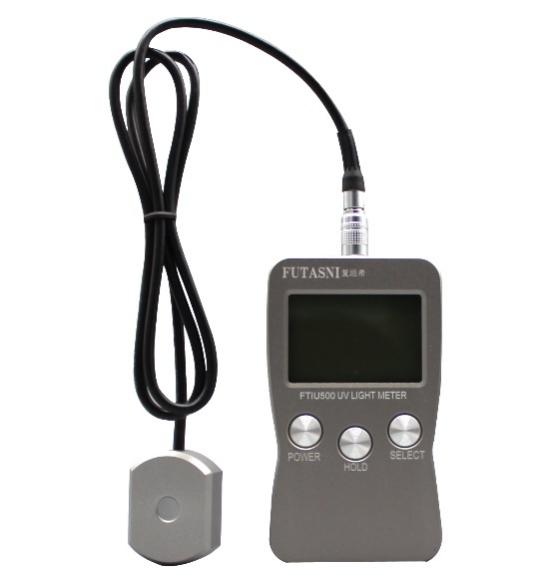LED UV Flood Curing System:Revolutionizing UV Curing TechnologyLED UV Flood Curing System:
1004key aspects of UV flood curing systems
View detailsSearch the whole station
UV curing adhesives have become essential in the manufacturing industry, acclaimed for their quick-setting properties under ultraviolet light exposure ranging from 365nm to 405nm. This rapid curing mechanism grants these adhesives the ability to form strong bonds quickly. Their convenience is especially advantageous in the production of crystal, glass, and glass-made furniture, where adhesives must be user-friendly, clear, water-resistant, and durable. UV curing adhesives are distinguished by these unique traits.
How do UV adhesives cure? The UV spectrum used for curing typically stretches from 254nm to 405nm. To validate effective curing, a UV light meter is crucial for confirming that the UV light’s energy and intensity reach the necessary standards. The science behind this involves a photoinitiator within the adhesive which, upon absorbing certain UV wavelengths, produces active free radicals or cations. These then spark off polymerization and crosslinking reactions between the prepolymer and monomer, rapidly converting the glue from a liquid into a solid state.

What are UV adhesives made of? Known alternatively as UV-curing or UV light-curing adhesives, these are single-component, low-viscosity adhesives with a high-strength acrylic base. UV adhesives are celebrated for their extended longevity without solvents, fast curing speeds, outstanding clarity, and excellent resistance to heat and chemical exposure.
The performance of UV-curing adhesives and their curing pace heavily rely on factors such as the type of UV light source, the duration of exposure, and the light transmittance of the material being bonded. A UV light meter is indispensable in accurately determining the UV light’s intensity and energy output from the curing apparatus, affecting both the usability and curing speed of the adhesive.

Utilizing a UV light meter is pivotal in many areas beyond just adhesives, including UV coatings, and the sterilization processes in wastewater and clean water treatment. Most UV curing systems use light sources within the UVA range, with prevalent choices being high-pressure mercury lamps and UV LED lights. For those employing UV LED sources, FTIU500 meters with UIHD-X probes are recommended. These instruments are capable of measuring the intensity and energy of UV rays while also computing various statistics such as the maximum, minimum, and average values.

For detailed guidance on employing the FTIU500 UVA light meter to evaluate the radiation intensity and energy of UV LED sources, instructional materials are accessible, including video tutorials available via social media platforms like Youtube.
key aspects of UV flood curing systems
View detailsof energy is usually measured in nanometers (nm) – a unit equal to one billionth of a meter or one thousandth of a micron. Ultraviolet light, spanning between 200-400 nm, consists of three categories: UV-A, UV-B, and UV-C.
View detailsWill the UVLED cold light source curing process generate heat? Learn more about the heat generation potential of UVLED curing processes and how to manage it effectively in this informative article
View detailsFind answers to your most pressing questions about UV LED curing lamps in this comprehensive FAQ.
View details
HelloPlease log in